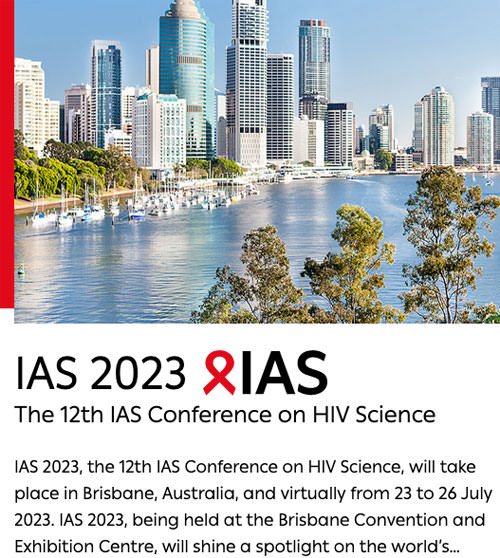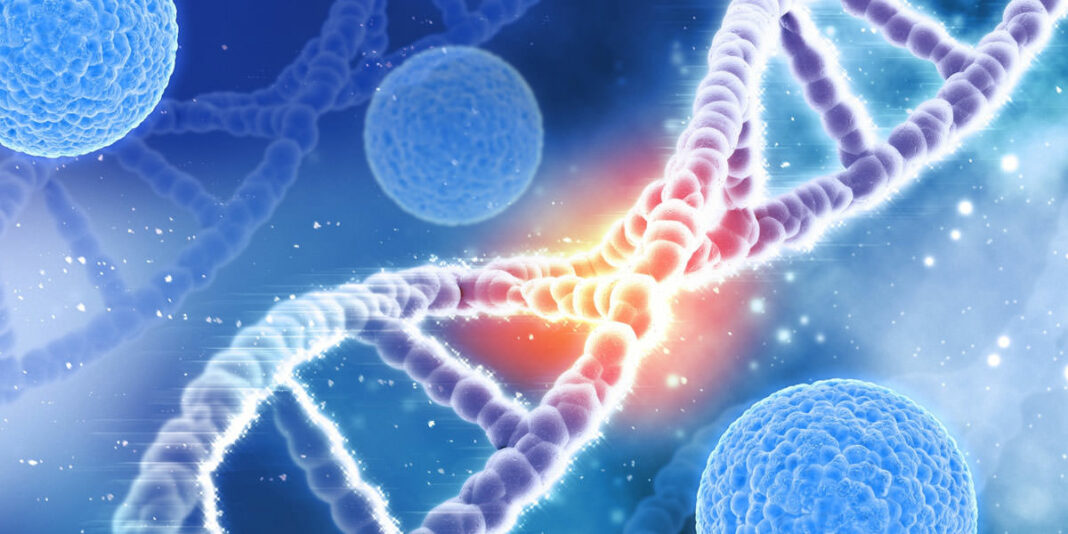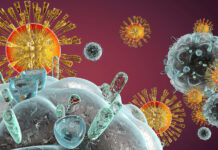A caucasian man in his early fifties, who was diagnosed with HIV in 1990 is the sixth person to be cured of HIV following a stem cell transplant for cancer treatment. What makes this case different from the previous five cases, is the patient received stem cells from a donor who does not have a CCR5-delta-32 mutation. After the man developed a rare and aggressive type of sarcoma, he underwent chemotherapy and whole-body radiation, before receiving an allogeneic stem cell transplant in July 2018. The man stopped antiretroviral therapy (ART) in 2021 and has remained undetectable since then.
The results of the man, dubbed the ‘Geneva patient’, were announced at a media briefing a few days ago by Dr Asier Sáez‐Cirión of Institut Pasteur in Paris and Dr Alexandra Calmy of Geneva University Hospitals in Switzerland, before the full results were revealed at the International AIDS Society’s 12th IAS Conference on HIV Science in Brisbane, Australia on July 24, 2023. The patient had been on continuous suppressive ART since 2005, but despite being on effective treatment, he had residual detectable plasma HIV RNA and HIV DNA in CD4 T-cells according to ultra-sensitive tests taken before the transplant took place.

Three years after the transplant, the patient undertook a closely monitored treatment interruption in November 2021 and after this he used on-demand pre-exposure prophylaxis (PrEP) twice. Twenty months later, the man has maintained an undetectable viral load using standard tests, with ultra-sensitive tests also coming back negative. HIV DNA in his T-cells and bone marrow decreased dramatically after the transplant and researchers could only find defective and not intact virus.
Even though no HIV-specific T-cell responses were detected and the suggestion of no remaining virus left to trigger the immune system, the study team acknowledges that they “cannot exclude the possibility that the virus is still present in anatomical or cellular sanctuaries”, as there may be a viral rebound in the future, although they hope the situation of viral remission remains permanent.
The first person to be cured of HIV following a stem cell transplant is Timothy Ray Brown, known as the ‘Berlin patient’, who was diagnosed with HIV in 1995. His oncologist, Dr Gero Hütter came up with the idea of using stem cells with the CCR5-delta-32 mutation, speculating that it might cure both cancer and HIV at the same time and the first of two transplants took place in 2006. The patient stopped taking ART at the time of his first transplant and his viral load did not rebound, with researchers extensively testing his blood, gut and other tissues, where they found no traces of replication-competent HIV. At the time of his death in September 2020, he had been free of HIV for more than thirteen years.
Following Timothy Ray Brown’s first bone marrow transplant, he developed a near-fatal graft-versus-host disease, which happens when donor immune cells attack the recipients body. Some of the later patients received less aggressive conditioning chemotherapy and developed milder graft-versus-host disease. Stem cell patients need to continue taking immunosuppressant anti-rejection drugs for the rest of their lives, and due to the complex nature of such a procedure, this technique could not be rolled out as a large scale HIV treatment solution.
The second person to be cured of HIV is Adam Castillejo, known as the ‘London patient’, who was diagnosed with HIV in 2003 and cured after a stem cell transplant in May 2016 to treat Hodgkin lymphoma from a donor with a double CCR5-delta-32 mutation. He stopped ART in 2017 and remains free of HIV, with his lymphoma still in remission. This patient received a less aggressive conditioning chemotherapy than the first patient and developed milder graft-versus-host disease as a result.
The third person to be cured of HIV is known as the ‘New York patient’ and is a middle-aged, mixed-race woman who had been living with HIV since 2013 and has been living without HIV since 2017. The identity of the woman has been kept under wraps to protect her privacy, but it was reported she did not develop graft-versus-host disease, as this is less common with umbilical cord blood that was used with her procedure.
The fourth person to be cured of HIV is Marc Franke, known as the ‘Düsseldorf patient’, who was diagnosed with HIV in 2008 and received a stem cell transplant from a donor with a double CCR5-delta-32 mutation in 2013. After stopping ART in 2018, he is free of HIV and his doctors declared that he’s cured of HIV ahead of this year’s Conference on Retroviruses and Opportunistic Infections.
The fifth person to be cured of HIV is Paul Edmonds, known as the ‘City of Hope patient’, named after the hospital where he was treated in California. The patient is a man from Southern California who was diagnosed with HIV in 1988 and received a stem cell transplant in 2019 and stopped taking ART in 2021, where he continues to be free of HIV.
Because the sixth person to be cured of HIV is the first patient who had a stem cell transplant without the CCR5-delta-32 mutation, this is what makes the case extremely interesting and will likely result in researchers looking at the details very carefully to see if there is something remarkable that could be replicated in future treatments. In 2013, Dr Timothy Henrich and his colleagues described two HIV-positive men in Boston who received stem cell transplants from donors without the CCR5-delta-32 mutation, with the hope they would be cured of HIV, but hopes were dashed after the men experienced viral rebound 3 months and 8 months after ART discontinuation.
Poll
Further Reading:
Featured Photo: Image by kjpargeter on Freepik.
Article ID: CC066
Version Control: 1.0 – July 27, 2023: Original article published.








A small sample of votes on your poll, but results all over the place. I’d love to see some more votes on this.
I’m looking forward to seeing more votes on this too Van, because the results are varying at the moment, so a bigger sampling rate might help us to see if one particular answer stands out from the others.